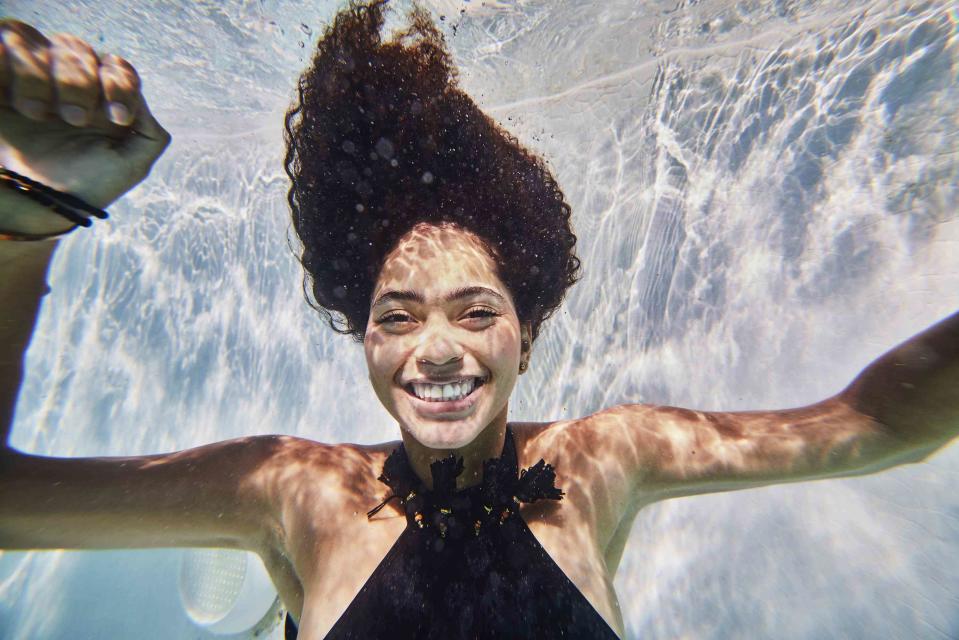Is the Cold Plunge Trend Actually Good for You?
Here's everything you need to know about this latest wellness craze

Thomas Barwick/Getty Images
One of the most talked-about recent wellness fads is the cold-plunge pool. You might have seen wellness influencers post rather chilling videos of themselves sitting in freezing cold tubs on Instagram or TikTok. Celebrities like Lizzo, Harry Styles, Lady Gaga, and Kim Kardashian can't get enough of it.
The fad might be new, but cold water therapy and ice baths have been around since ancient times. And while it sounds like fun (at least to some people)—does the discomfort of sitting in an extremely cold tub of water have any real benefits? I recently spoke with Dr. Jonathan Leary, founder of Remedy Place, to learn everything you need to know about cold plunges.
How Cold Is A Cold Plunge?
Cold plunges need to be extremely cold in be effective, so just turning the tap down and sitting in your bathtubs won't give you the same benefits. “A cold plunge, also known as cold-water immersion, is the act of submerging your body in water that's 59 degrees Fahrenheit (or colder) water for an extended period of time. We keep the temperature very low at Remedy Place—38 degrees, to really boost the effects of stress adaptation training among a host of other benefits,” says Dr. Leary.
What Are the Benefits of a Cold Plunge?
“Cold plunges are an incredible tool for boosting the health of body and mind. They are a great introduction to adaptation training, or teaching the body to adapt to different types of environments,” explains Dr. Leary. “This builds mental resilience and allows the mind to get comfortable in a state of discomfort, which will improve the ability to deal with other types of stress.”
So, if you’re training for a marathon, triathlon, or another major athletic competition, you might want to consider booking a cold-plunge session. But if you're more of a hot tub person and your fitness goal is simply to make it through your next spin class, don’t feel bad if you skip this trend out.
A cold plunge can also improve certain conditions, according to Dr. Leary. “A few examples include decreased inflammation, rush of endorphins, spiked dopamine, improved sleep and mood, reduced stress, reduced aches and pains, and increased recovery.”
But Cold Plunges Aren’t For Everyone
If you’ve been diagnosed with certain medical conditions, it may unsafe for you to use a cold plunge, Dr. Leary advises. “If you have any current or history of any heart conditions, please always get clearance from your doctor. Anyone that has Reynaud's syndrome or an adverse circulatory reaction to cold, or anyone that has a complicated cardiovascular history, such as a major cardiac event in the last six months or a pacemaker, should not practice ice baths unless they have any medical clearance and/or direct medical supervision.”
If you have other conditions, it's still a good idea to consult your doctor before trying a cold plunge.
For more Real Simple news, make sure to sign up for our newsletter!
Read the original article on Real Simple.


